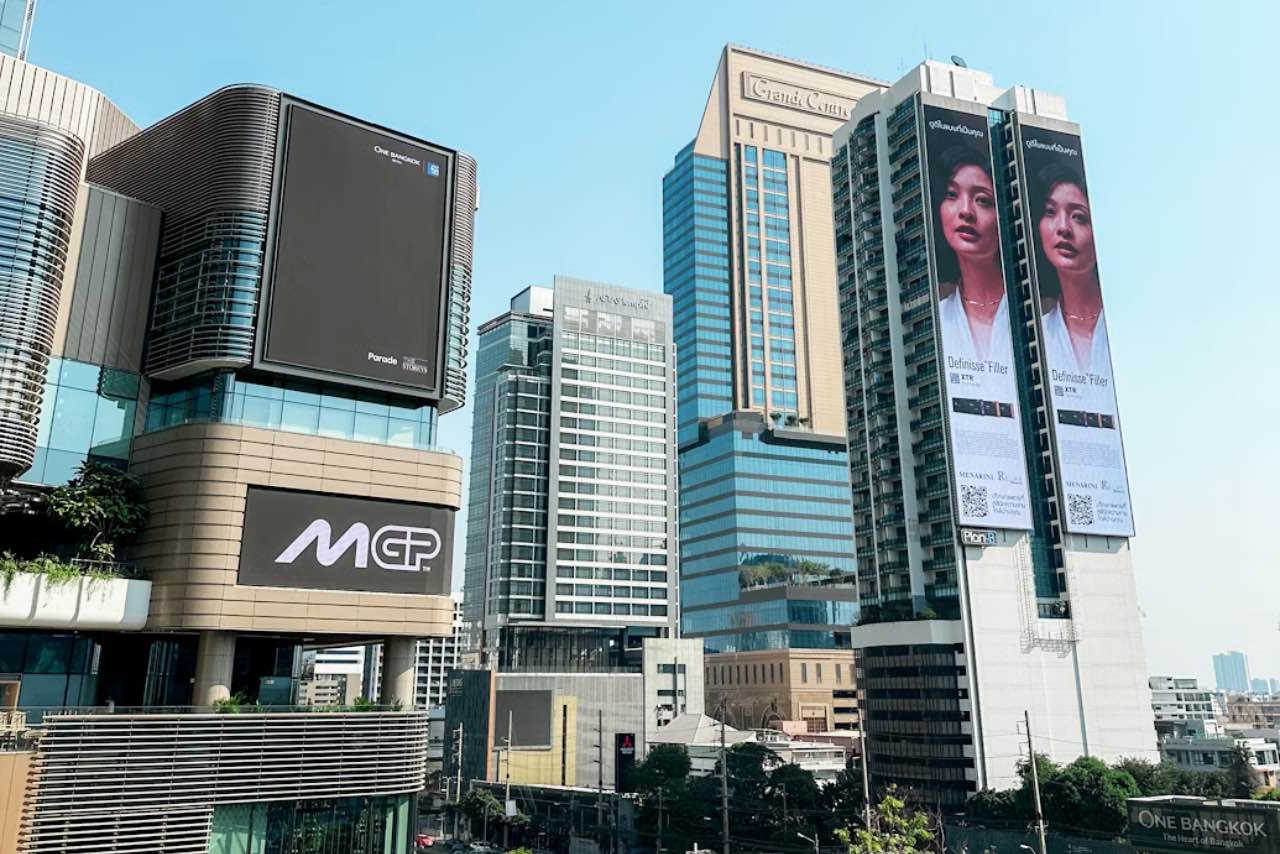
In the world of Out-of-Home (OOH) advertising, location is everything. The placement of billboards in strategic spots can determine the success or failure of an advertising campaign. But how can we determine if a location has high potential for OOH advertising? This is where the concept of "OOH Location Scoring"—evaluating outdoor advertising locations using algorithms—becomes highly relevant, especially in a dynamic market like Indonesia.
What is OOH Location Scoring?
OOH Location Scoring is a data-driven approach that uses algorithms to evaluate the value or effectiveness of a billboard location. This scoring considers various variables such as traffic volume, visibility, surrounding demographics, exposure time, and environmental context. The goal is to provide a quantitative metric that helps advertisers make more strategic placement decisions.
Why is it Needed in Indonesia?
Indonesia's market has unique geographical, social, and cultural characteristics. The density of vehicles in major cities such as Jakarta, Surabaya, and Bandung, along with the growth of mass transportation infrastructure like MRT and LRT, make location decision-making more complex. Relying on intuition or outdated habits is no longer sufficient.
Key Factors in Billboard Location Evaluation
- Traffic Volume:Measures the number of vehicles or people passing through the location within a certain time frame. The higher the volume, the greater the impression potential.
- Visibility: Includes billboard height, viewing angles, visual obstructions (such as trees or buildings), and lighting. Billboards clearly visible from afar score higher.
- Dwell Time Refers to how long the audience is exposed to the ad, such as when vehicles stop at traffic lights. Locations with high dwell time offer a better chance for message retention.
- Surrounding Demographics: The profile of residents or visitors in the billboard area: age, gender, income level, lifestyle. This is important to align ad messages with the target market.
- Environmental Context: Is the location near shopping centers, office buildings, universities, or places of worship? The setting influences the ad's relevance.
- Weather Conditions and Sunlight: Billboards exposed to direct sunlight all day or heavy rain without protection may lose effectiveness.
- Digital Data Accessibility: Locations connected to traffic sensors, cameras, or geospatial analytics can be more easily analyzed in real-time.
Location Score Example For illustration, here is a simulated evaluation of two locations in Jakarta:
| Location | Traffic | Visibility | Dwell Time | Demographics | Total Score |
|---|---|---|---|---|---|
| Jl. Sudirman | 9/10 | 8/10 | 6/10 | 9/10 | 8.0 |
| Jl. Raya Lenteng Agung | 6/10 | 7/10 | 9/10 | 7/10 | 7.25 |
These scores can serve as a starting guide for designing ad placement strategies.
Benefits of Algorithmic Scoring
- Data-driven decision making
- Advertising budget optimization
- Time efficiency in field surveys
- More transparent client reporting
Challenges in Indonesia
- Limited and uneven access to data across regions
- The need to integrate manual and digital systems
- Regulations that do not yet support large-scale data collection
Conclusion
OOH Location Scoring offers a modern approach to objectively evaluate billboard location potential. By considering key variables and leveraging data-based technology, advertisers in Indonesia can gain a competitive edge in designing effective outdoor campaigns. Despite infrastructure and regulatory challenges, the industry's direction is clearly heading toward digitalization and smarter decision-making.
















